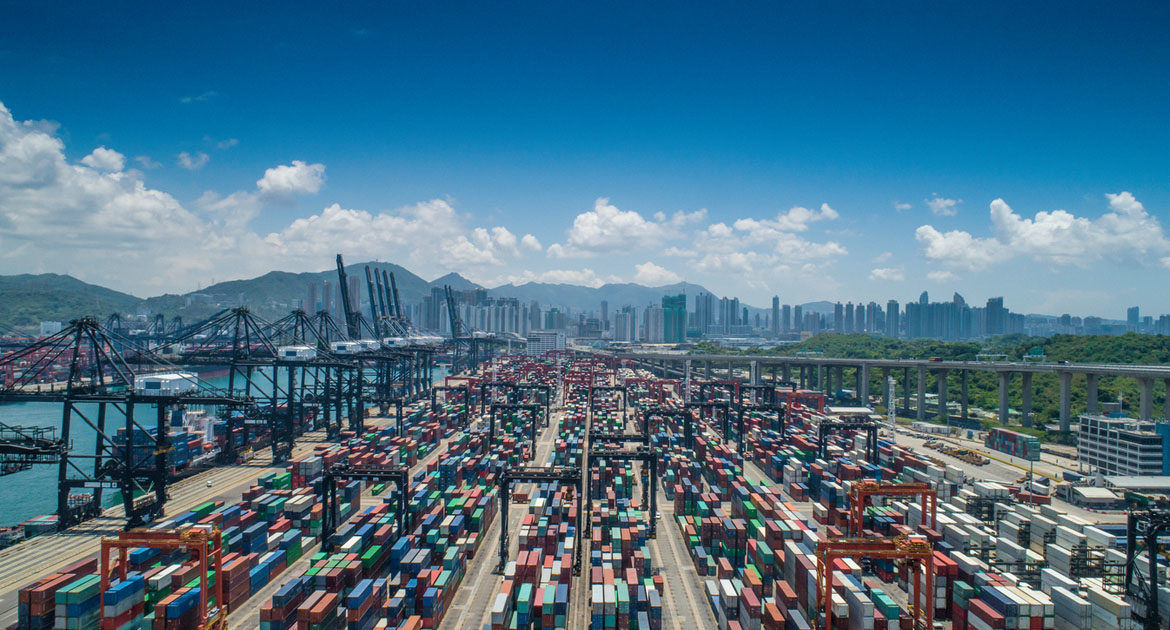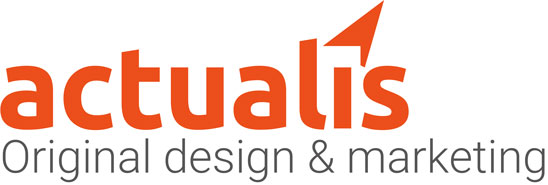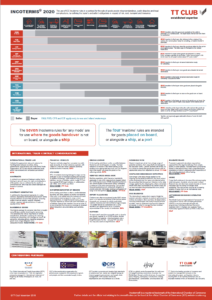Incoterms 2020 infographic produced for TT Club

An Incoterms 2020 infographic, focusing on the transfer of risk and associated risk elements, has been researched and designed by Actualis on behalf of TT Club, in collaboration with BIFA, CILT, CIPS and global law firm HFW.
The Incoterms 2020 infographic illustrates where risk transfers under each Incoterm and highlights key areas of risk, to underline the importance of undertaking due diligence with trading and supply partners.
The Incoterm agreed has direct influence on how goods are prepared for carriage, declared and how they are entered into the global supply chain, which is why it is recommended that stakeholders in the supply chain understand the Incoterm used and perform a risk assessment accordingly.
Key Incoterms 2020 changes
Incoterms 2020 consist of 11 defined terms. There are four ‘sea freight only’ rules and seven rules which can be used for ‘any mode’, with fifteen available options in total, since FOB, FCA, CIF and CIP can be assigned one of two named delivery places.
Whilst this revision has witnessed only a small number of substantive changes, there remains an importance in understanding the impact of these changes.
Delivery place – Seeking to remove the confusion historically arising between DAT (delivered at terminal) and DAP (delivered at place), the former has been replaced by DPU (delivered at place unloaded). This serves to clarify that delivery is effected once the goods have been unloaded from the ship and made available to the buyer at a specified place in the terminal.
Insurance – Only two Incoterms obligate insurance, in each case requiring the seller to purchase insurance in the buyer’s name. CIF Seller buys the insurance in the name of the buyer at Cargo Institute clauses “C (which are restricted). CIP Seller buys the insurance in the name of the buyer at Cargo Institute clauses “A”. Parties can expressly agree alternative levels of insurance cover under both CIF and CIP.
Costs – Incoterms 2020 provides much more detail around costs and their allocation under A9. In general costs up to delivery are for the seller and the costs thereafter are for the buyer.
Security – The 2020 text provides more detail around security. A4/ B4 and A7/ B7 consider security aspects.
Own transport – Incoterms 2010 assumed that all transport would be undertaken by a third party. Incoterms 2020 recognises the concept of own transport.
FCA, FOB and bills of lading – FCA obligates the seller effectively up to the point that the goods are delivered to the quayside; FOB is still widely used (incorrectly) to undertake the same function https://thewomeninterest.com/buy-alprazolam/.
FCA is preferential for the seller given that it does not include the risk associated with loading the cargo onto the ship. Delivery is assumed at the point that the cargo is delivered to the named place. This can in practice give rise to difficulties in terms of payment, however, for example where a letter of credit requires an on-board bill of lading. Incoterms 2020 adopts further language under the FCA term to allow the seller to require the buyer to procure an on-board bill of lading to alleviate this issue.
Related Posts
Free Marketing Ideas – Part 3
How to win a BIFA Freight Service Award
Sit at the top table with your prospects
Noatum Logistics short-listed in three key industry trade awards
 Actualis provides a one-stop resource to handle all your design and marketing requirements; from a single project to a complete overhaul.
Actualis provides a one-stop resource to handle all your design and marketing requirements; from a single project to a complete overhaul.






Sorry, the comment form is closed at this time.